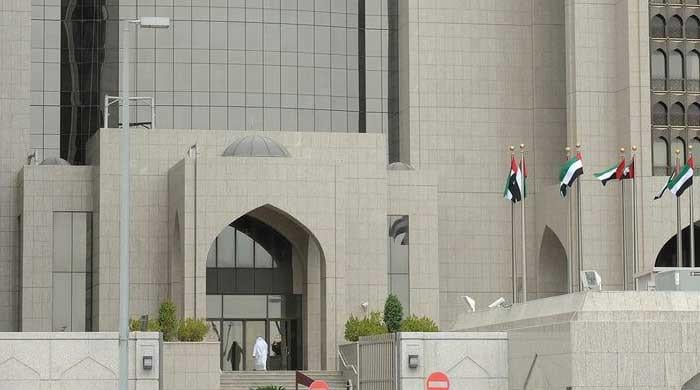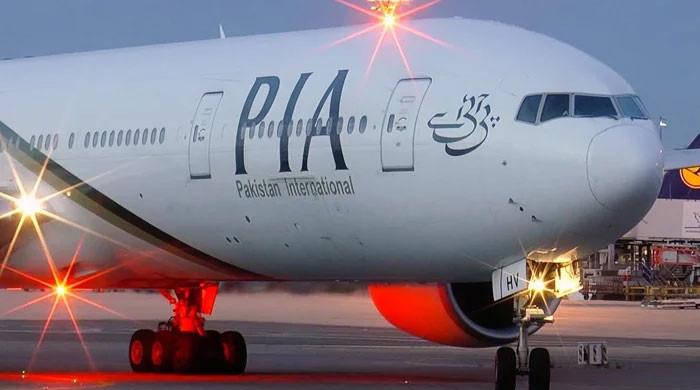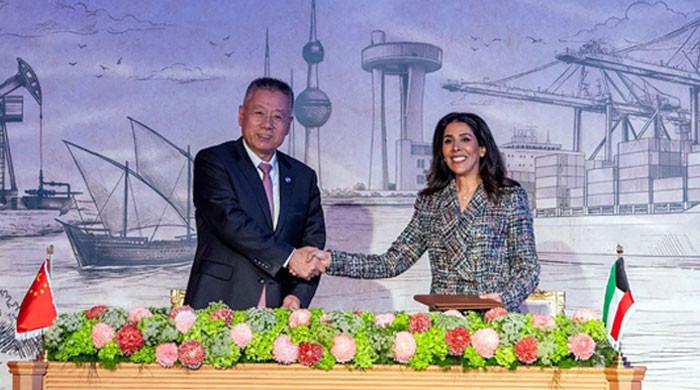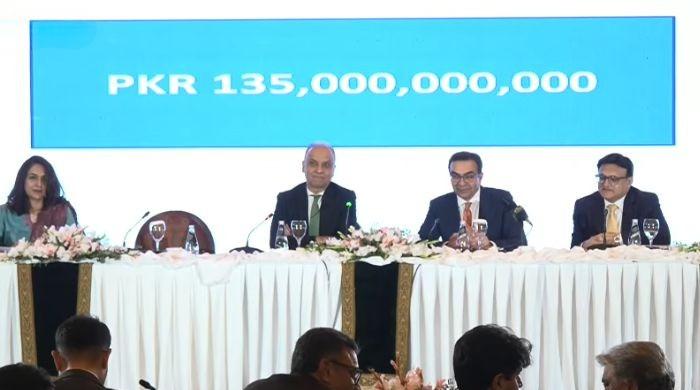Budget FY24: Pakistan to chase cautious growth target of 3.5% amid fiscal pressures
Revival of growth depends on political, macroeconomic stability, supportive fiscal policies, among others
June 09, 2023

ISLAMABAD: Pakistan is aiming to grow at a cautious rate of 3.5% as per the federal budget 2023-24, announced by Finance Minister Ishaq Dar, compared to the outgoing financial year’s provisional growth figure of 0.3%, which is alarmingly low.
In the upcoming fiscal year of 2023-24, the monetary policy is anticipated to face significant challenges as it strives to strike a delicate balance between price stability and economic growth, aligning with the government's efforts to revive the economy.
The primary challenge will be to maintain an equilibrium between growth and stability, ensuring that monetary policy measures effectively support economic expansion while simultaneously containing inflationary pressures. The average inflation target for the year is set at 21%.
The outlook for inflation in the next fiscal year heavily relies on several factors, including the decline in global oil and commodity prices, political stability, growth in commodity-producing sectors, restoration of investor confidence to attract higher foreign investment inflows, and availability of external finances to support the balance of payments (BOP).
Additionally, the trajectory of domestic inflation will be influenced by the global inflation trend.
Although domestic inflation is expected to gradually ease due to falling global inflation, it is likely to remain at elevated double-digit levels due to the risks posed by supply-side constraints and potential spillover effects from recent episodes of currency depreciation.
According to the Annual Plan for 2023-24 tabled before parliament along with the budget documents states that the economy of Pakistan is envisaged to grow by 3.5% in 2023-24 with projections of 3.5% for the agriculture sector, 3.4% for the industrial sector and 3.6% for the services sector.
The revival of growth will depend on political and macroeconomic stability, external account improvement, supportive monetary and fiscal policies and an expected fall in global oil and commodity prices.
Agriculture sector
The agriculture sector is expected to grow at 3.5% in 2023-24 with expected contributions of important crops (3%), other crops (3.5%), cotton ginning (7.2%), livestock (3.6%), forestry (3%), and fishing (3%).
Growth of the farming sector will depend on likely favourable weather conditions, ample availability of water, certified seeds, fertilisers, pesticides and agriculture credit facilities at affordable costs for the revival of the crops.
Moreover, increased productivity of the livestock subsector is imperative for the revival of the agriculture sector.
The revival of cotton and sufficient production of wheat will not only support growth momentum but will also ease out the balance of payments pressures through lesser import requirements.
Industrial sector
The industrial sector is expected to recover in 2023-24 as demand and supply shocks are expected to dissipate. It is expected that the sector will grow by 3.4% with LSM at 3.2%, mining and quarrying (1.2%), small and household manufacturing (8.8%), slaughtering (3.8%), electricity generation and gas distribution (2.2%) and construction (1.5%). The industrial sector is expected to get a boost from improved inputs and energy supplies on the back of anticipated fall in global oil and commodity prices, public sector expenditure and mega projects for infrastructure development.
However, there are downside risks of high-interest rates and exchange rate uncertainties which may raise the costs of working capital and raw material.
Similarly, construction in the housing sector and infrastructure projects may be affected by higher prices of construction materials.
Services sector
The services sector is also expected to accelerate its growth to 3.6% in 2023-24. The envisaged growth in commodity-producing sectors will complement the targeted growth in the services sector.
An uptick in the economic activity in the agriculture and manufacturing sectors will translate into increased growth in wholesale and retail trade and transport, storage and communications.
Moreover, the tourism industry is expected to gain momentum and generate socioeconomic dividends that will have a trickle-down effect on retail trade, hotels and restaurants.
Investment and savings
The investment-to-GDP ratio is expected to increase from 13.6% in 2022-23 to 15.1% in 2023-24 due to stabilisation and political stability. Fixed investment is expected to grow by 40.5% on a nominal basis, whereas, as a percentage of GDP it is expected to increase from 11.9% in 2022-23 to 13.4% in 2023-24. The national savings rate is targeted at 13.4% of GDP.
Under Financial Accounts, outflows of $1,871 million were recorded during July-April 2022-23 as against $8,140 million received during the corresponding period of the last fiscal year. Net foreign direct investment (FDI) remained negative at $104 million as outflows surpassed inflows. FDI outflows stood at $1,276 million while inflows recorded $1,172 million during 10MFY23. Similarly, portfolio investment also does not depict a rosy picture and net portfolio investment remained negative at $1,008 million in July-April 2022-23 as compared to $140 million during the same period of last year.
The liabilities of the central bank ballooned in the backdrop of inflows received from Saudi Arabia, the United Arab Emirates (UAE), and China under bilateral arrangements to support the falling reserves of the State Bank of Pakistan (SBP). The amortisation payments increased to $9,039 million from $6,977 million, whereas disbursements decreased from $8,032 million to $7,313 during the period under review.
The disbursements decreased due to lesser inflows under long-term and short-term loans. The increase in outflow of FDI and FPI along with higher amortisation has resulted in significant depletion of SBP’s liquid foreign exchange reserves during July-April 2022-23, the annual plan concluded.









